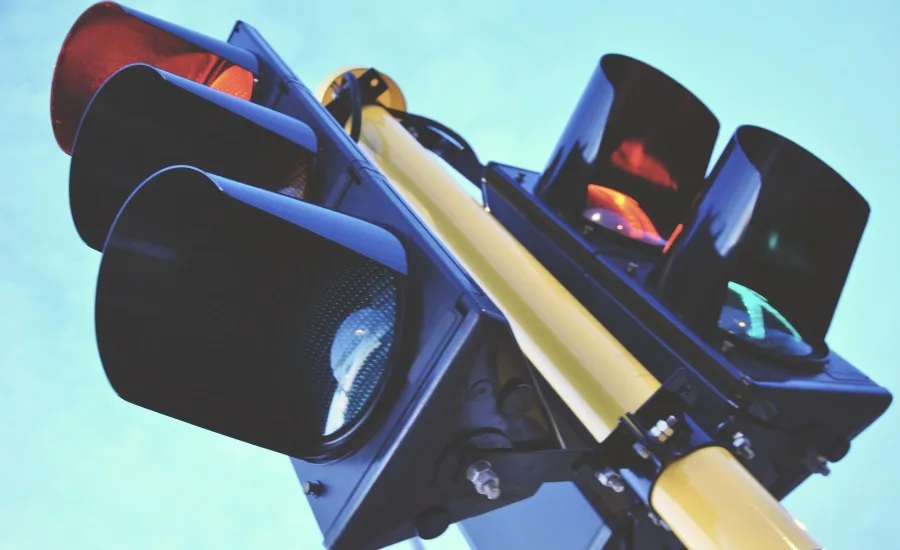Berkeley researchers say emergency alert systems and video surveillance pose biggest security risk

Researchers at the University of California, Berkeley surveyed experts (tech industry, academic, government and nonprofit experts) to find out what they considered pose the greatest cybersecurity risks to local governments and their "smart city" programs.
The survey found that emergency alert systems, video surveillance devices and traffic signals pose the greatest security risks.
For the survey, researchers at Berkeley’s Center for Long-Term Cybersecurity asked 76 experts to rate nine types of technologies frequently held up as core components of smart cities, based on how likely they were to be attacked by a bad actor, how impactful a successful attack would be and how much interest the attack would attract from nation-state adversaries.
Emergency alert systems that give critical guidance to the public during times of distress ranked first in all three categories, followed by street video surveillance and traffic signals. Ten survey respondents described possible situations in which spoofed emergency messages could cause “widespread panic and civil unrest,” while 18 told the Berkeley researchers that tampering with traffic lights could cause accidents and gridlock and possibly prevent police, firefighters and ambulances from reaching emergency scenes.
Interesting enough, survey respondents ranked smart-city technologies related to open data, water consumption, tolling and gunshot detection lower risk than the threat of emergency alert systems, video surveillance and traffic technologies, according to the survey.
Looking for a reprint of this article?
From high-res PDFs to custom plaques, order your copy today!






